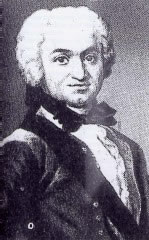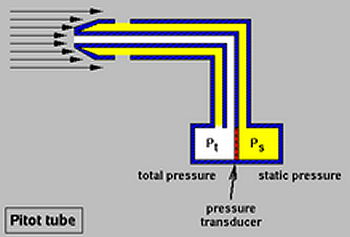Pitot tube
(By SonnyT, from F2008 Development thread)
A Pitot tube is a pressure measuring instrument used to measure fluid flow velocity, and more specifically, used to determine the airspeed of an aircraft and can also be applied to race cars.

The Pitot tube was invented by Italian-born French engineer Henri Pitot in the early 1700s, and was modified to its modern form in the mid 1800s by French scientist Henry Darcy.
F1 teams place Pitot tubes in areas where they want to measure the air speed. At some test sessions the Pitot will be on the nose at others it will be high above the engine air box.

As these tubes contains air, a pressure can be measured as the moving air pushing against the tip of the tube as it is brought to rest. This pressure is the stagnation pressure of the air, also known as the total pressure, or sometimes (particularly in aviation circles) the pitot pressure.
The measured stagnation pressure cannot of itself be used to determine the airspeed. However, since Bernoulli's equation states that:
stagnation pressure = static pressure + dynamic pressure
then the dynamic pressure is simply the difference between the static pressure and the stagnation pressure. The dynamic pressure is then determined using a diaphragm inside an enclosed container. If the air on one side of the diaphragm is at the static pressure, and the other at the stagnation pressure, then the deflection of the diaphragm is proportional to the dynamic pressure, which can then be used to determine the indicated airspeed.
Remember that since the typical F1 car has many shapes that cause the air flow to speed up or slow down as the car passes through the air the teams will move the Pitot tubes to different locations to get different data.
Back to the top of the page






